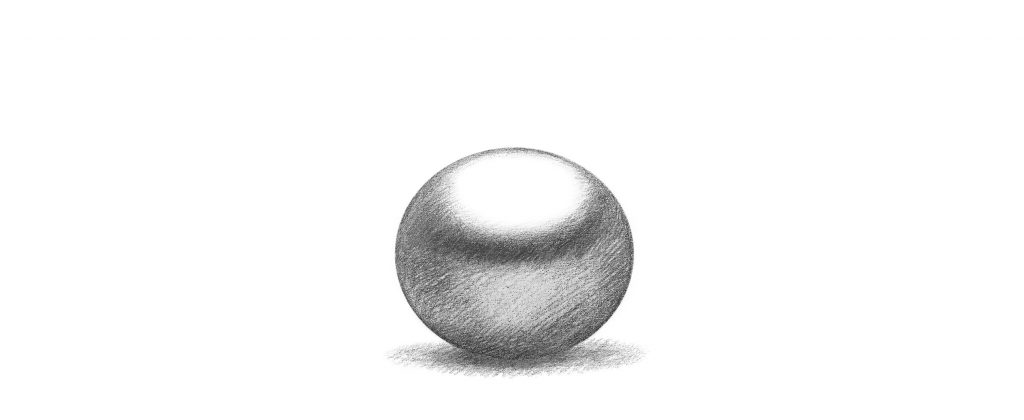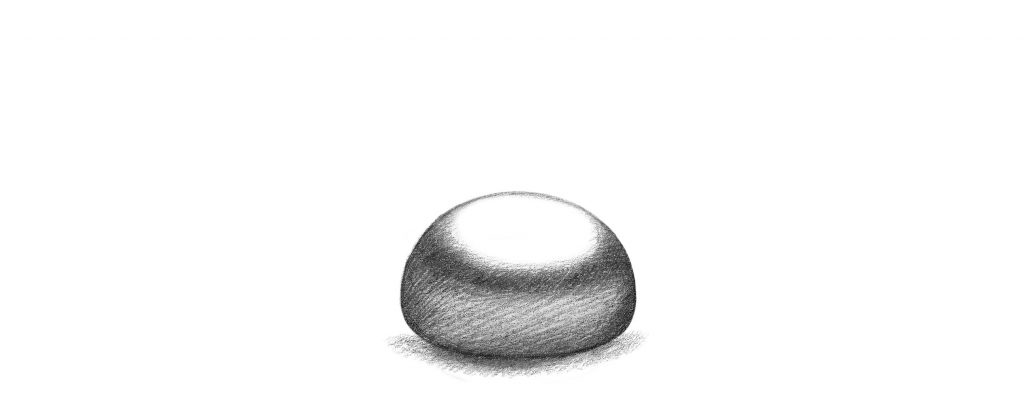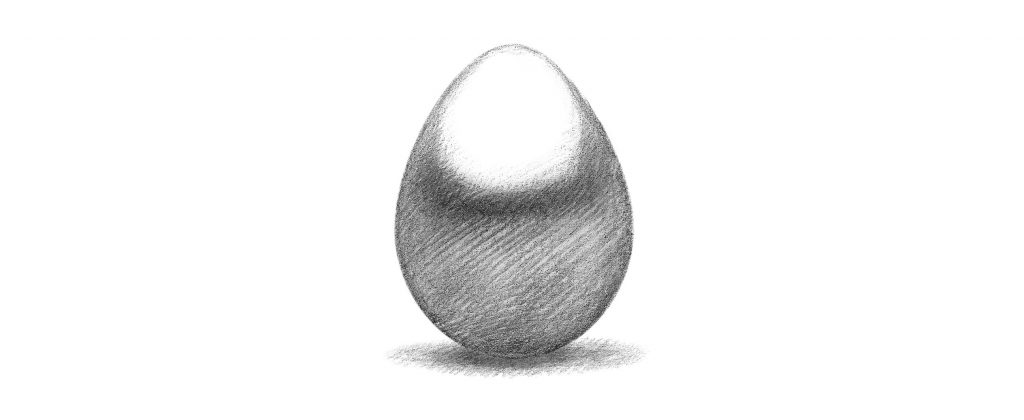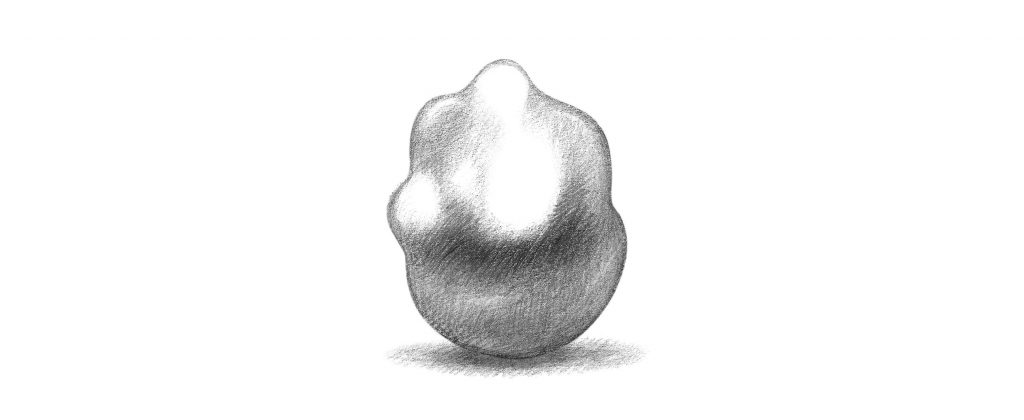Pearl Guide
Surface Perfection
Subtle blemishes and marks are part of a pearl’s natural texture and proof of its authenticity. These blemishes are the result of sea particles that drift into the oysters and brush against the pearl as it forms. Fewer surface imperfections denote a higher quality, more valuable pearl.
Shape
The pearl experts generally categorised pearl shapes into 3 broad categories, based on their overall characteristics.
The three main categories of Pearl shapes
Spherical
Spherical shapes are perfectly round or nearly round. They are the “classic” pearl shapes that
Symmetrical
Symmetrical shapes are balanced and regular. If you sliced this pearl in half, each half would be a mirror image of the other half.
Baroque
Baroque shapes are irregular or abstract. They are non-symmetrical in nature.
The Six Basic Pearl Shapes
Within the three broad categories, pearls can be classified into six basic shapes.

Round
Round pearls are perfectly spherical the shape most people think of when they think of a pearl. Because of their relative rarity and “classic” nature, they are highly desirable.

Near-Round
Near-round pearls are not perfectly round. Instead, they are slightly flattened or elongated, rather than being a perfect sphere.

Button:
Button pearls are flattened to some degree, making them resemble a button or perhaps a disk rather than a perfect sphere. These pearls are often used in earrings, where the flattened side can be attached to the setting.

Drop:
Drop pearls are pear or teardrop-shaped. The drop can either be “long” or “short”, depending on its proportions. These pearls make attractive earrings or pendants.

Semi-baroque:
Semi-baroque pearls are slightly irregular in their shape. For example, a pearl which might otherwise be considered an oval, button or drop pearl, but which is not symmetrical in natural, would be considered semi- baroque.

Baroque:
This is a pearl that is both non-symmetrical and irregular in shape. The baroque pearl can be purely abstract in its shape, or it can resemble a cross, stick, or some other shape.
Matara Pearl Type
Akoya Cultured Pearls
Akoya pearls are perfectly round, sparkling and lustrous white pearls. Akoya pearls are the classic white pearls that are farmed in Japanese ocean waters, have the highest
Akoya cultured pearls are used in both our Matara Studio and Matara Fine Jewelry lines.
Sizes: Typical Akoya pearls range from 5mm to 11mm, with the 10 and 11mm sizes being rare finds. The most common size and the best value is between 7mm to 7.5mm
Common Overtones: Rose, cream or ivory
Pearl Origin: Japan
Freshwater Cultured Pearls:
The fashion forward pearls. Orginally marketed as lesser quality and inexpensive alternatives to Akoya pearls, Freshwater pearls have now emerged as rivals to Akoya pearls in both quality and value. Freshwater pearls come from freshwater mussels and are primarily produced in China.
Freshwater cultured pearls are used primarily in our Matara Studio line.
Sizes: Typical Freshwater pearls range from 2mm to 15mm. They have the widest size range of any pearl type
Colours: White or cream, possibly black once treated
Common Overtones: Rose, cream or ivory
Pearl Origin: All over Asia
Tahitian Cultured Pearls:
Black Tahitian pearls are vibrant, rare black pearls that are simply unforgettable. Tahitian, once upon a time, were so rare that they were considered the “Pearl of Queens”. They are highly sought after because of their larger size, brilliant lustre, and round shapes. Tahitian pearls come from the warm waters of South Sea and are grown in Black-Lipped oyster.
Sizes: Most range between 8mm to 21mm
Colours: They appear in shades of brown, grey, blue, green and purple
Common Overtones: Silver/steel, blue-green
Pearl Origin: Cultivated primarily around the island of French Polynesia
South Sea Cultured Pearls:
South Sea pearls are large and luminous white and golden pearls. Being the rarest and sought after, South Sea pearls are known for their incredible size and beautiful satin lustre. South Sea pearls are saltwater pearls that are cultivated from oyster, found centering Northern Australia and South-East Asia, including Myanmar and Indonesia
Sizes: Most range between 8mm to 20mm, averaging 13mm
Colours: White, cream, silver
Common Overtones: Pink, blue, green
Pearl Origin: Australia, Indonesia and the Philippines are leading sources of these saltwater cultured pearls
